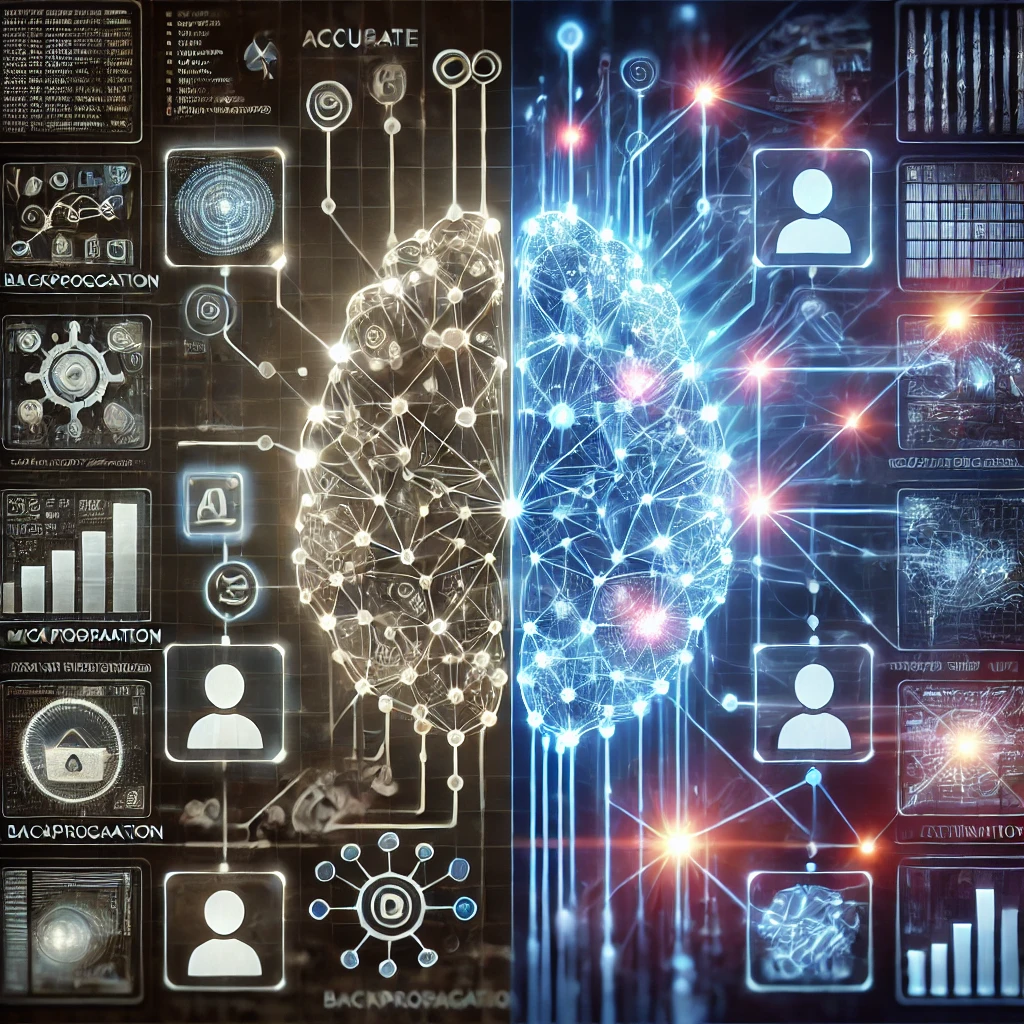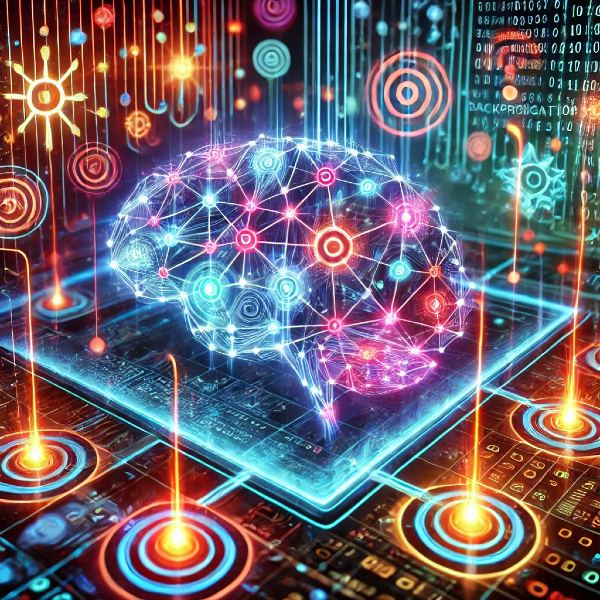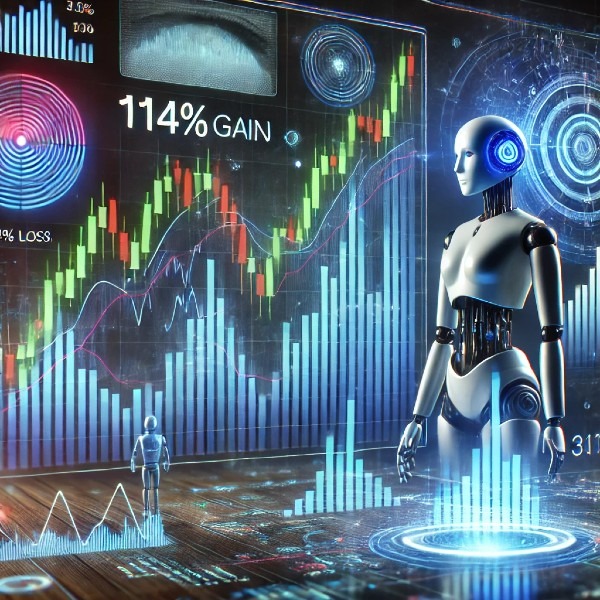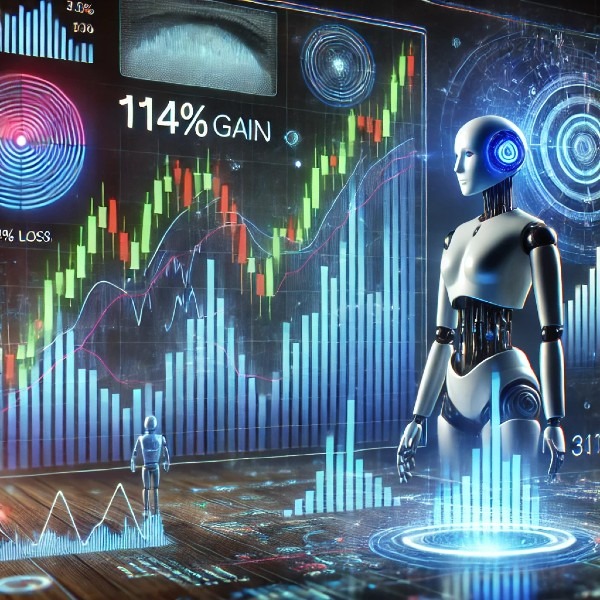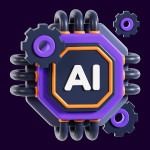73
/ 100
Introduction
Hopfield Networks – yes, that is what is the subject of today’s Nobel Prize award. Artificial Intelligence (AI) is at the forefront of technology today, and it’s easy to get lost in all the jargon and technical complexities. However, if we take a step back and understand the basic principles behind it, things get much clearer. Some of the biggest names in AI are John Hopfield and Geoffrey Hinton, whose discoveries laid the foundation for much of the AI we see today. In this article, we will explore their work in simple terms, focusing on how they changed the way machines learn and process information.
Section 1: John Hopfield and Geoffrey Hinton – Pioneers in AI
The Dawn of Artificial Intelligence
Artificial Intelligence (AI) has revolutionized the way we live and interact with technology. At the forefront of this revolution are pioneers like John Hopfield and Geoffrey Hinton, who have shaped the field with their groundbreaking discoveries.
John Hopfield’s Contribution
In the 1980s, John Hopfield introduced the Hopfield Network, a type of recurrent neural network that can store and recall memories. Imagine a computer that can learn and remember like our brains do. This innovation paved the way for modern AI applications.
Geoffrey Hinton’s Breakthrough
Geoffrey Hinton’s work on backpropagation revolutionized deep learning. Backpropagation is an algorithm that helps AI models learn from their mistakes. Hinton’s contribution enabled AI systems to improve their performance and adapt to new data.
The Impact of Their Work
The combination of Hopfield Networks and backpropagation has far-reaching implications:
- Improved Memory: AI systems can store and retrieve memories more efficiently.
- Enhanced Decision-Making: AI models can make better decisions by learning from their mistakes.
- Advanced Applications: Their work has enabled applications like image recognition, natural language processing, and expert systems.
Section 2: The Math Behind Hopfield Networks
Understanding the Equation
The equation that explains Hopfield Networks is:
Δw_ij = (2 * x_i * x_j) – w_ij
where:
- Δw_ij represents the change in the connection strength between neurons i and j
- x_i and x_j are the states of neurons i and j
- w_ij is the current connection strength
How it Works
This equation helps the network adjust its connections to store and retrieve memories efficiently:
- Initialization: The network starts with random connection strengths.
- Training: The network learns by adjusting connection strengths based on the equation.
- Convergence: The network stabilizes, storing memories efficiently.
Section 3: Backpropagation and Misinformation
The Backpropagation Algorithm
Backpropagation is an essential component of AI models:
- Error Detection: Backpropagation identifies errors and calculates their impact.
- Weight Adjustment: It adjusts the model’s weights to reduce errors.
- Knowledge Update: The model updates its knowledge by reinforcing correct information.
Dealing with Misinformation
When misinformation is propagated:
- Error Detection: Backpropagation identifies the error.
- Weight Adjustment: It adjusts weights to reduce the error.
- Knowledge Update: The model updates its knowledge.
Challenges and Limitations
While backpropagation excels at correcting errors, it:
- Struggles with noisy data: Noisy data can lead to incorrect weight adjustments.
- Requires large datasets: Backpropagation needs extensive data to learn effectively.
Section 4: Combating Misinformation and Disinformation
Understanding Misinformation and Disinformation
- Misinformation: Incorrect or misleading information spread without intending to deceive.
- Disinformation: False information spread intentionally to deceive or manipulate.
Effective Strategies
Three effective ways to combat misinformation and disinformation:
- Verify Information: Check sources, fact-checking websites, and expert opinions.
- Critical Thinking: Analyze information, identify biases, and consider multiple perspectives.
- Media Literacy: Educate people to effectively evaluate information.
AI-Powered Solutions
AI can help combat misinformation:
- Fact-checking algorithms: Automatically verify information.
- Source analysis: Evaluate sources for credibility.
- Network analysis: Identify and mitigate disinformation networks.
Section 5: Real-World Applications
Hopfield Networks in Action
Hopfield Networks have various applications:
- Image recognition: Store and recall images.
- Natural Language Processing: Store and retrieve text.
- Expert Systems: Mimic human decision-making.
Backpropagation in Practice
Backpropagation is used in:
- Deep learning models: Image recognition, speech recognition.
- Neural networks: Image classification, natural language processing.
Section 6: Future Directions
Advancements in Hopfield Networks
Research focuses on:
- Scalability: Improving network size and efficiency.
- Robustness: Enhancing network resilience to noise.
Enhancing Backpropagation
Researchers aim to:
- Improve convergence: Speed up the learning process.
- Reduce overfitting: Prevent models from
Section 6: Future Directions
Advancements in Hopfield Networks
Research focuses on:
- Scalability: Improving network size and efficiency.
- Robustness: Enhancing network resilience to noise.
- Hybrid models: Combining Hopfield Networks with other AI architectures.
Enhancing Backpropagation
Researchers aim to:
- Improve convergence: Speed up the learning process.
- Reduce overfitting: Prevent models from becoming too specialized.
- Explainability: Develop techniques to understand backpropagation’s decision-making.
Combating Misinformation
Future research will focus on:
- AI-powered fact-checking: Developing more sophisticated fact-checking algorithms.
- Disinformation detection: Identifying and mitigating disinformation networks.
- Media literacy education: Educating people to effectively evaluate information.
Section 7: Challenges and Limitations
Technical Challenges
Hopfield Networks and backpropagation face:
- Scalability issues: Difficulty handling large datasets.
- Computational complexity: High computational requirements.
- Local minima: Difficulty finding optimal solutions.
Societal Implications
The spread of misinformation has:
- Social consequences: Polarization, radicalization.
- Economic impacts: Financial losses, reputational damage.
- Political implications: Election interference, policy manipulation.
Section 8: Conclusion
In conclusion, Hopfield Networks and backpropagation are fundamental concepts in AI. Understanding these concepts is crucial for developing intelligent AI systems that can combat misinformation and disinformation.
Section 9: Recommendations
To combat misinformation and disinformation:
- Verify information: Check sources, fact-checking websites.
- Support AI research: Encourage advancements in AI.
- Educate others: Teach critical thinking, media literacy.
Section 10: Glossary
- Artificial Intelligence (AI): Simulation of human intelligence.
- Hopfield Network: Recurrent neural network for memory storage.
- Backpropagation: Algorithm for training neural networks.
Section 11: Additional Resources
For further learning:
- Research papers: Hopfield’s original paper, Hinton’s backpropagation paper.
- Online courses: AI, machine learning, and deep learning courses.
- Books: “Deep Learning” by Ian Goodfellow, Yoshua Bengio, Aaron Courville.

